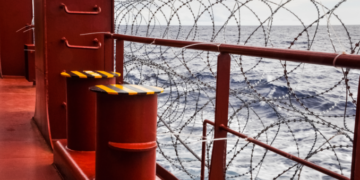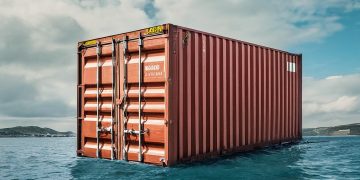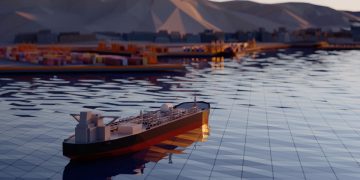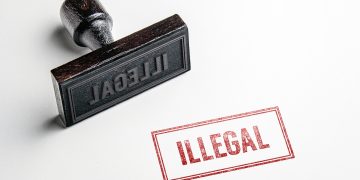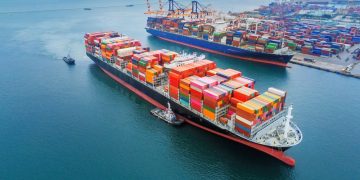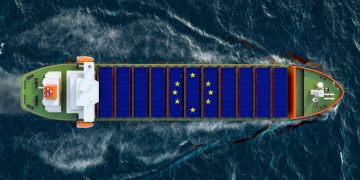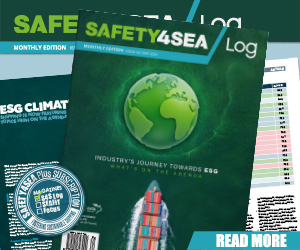Lessons from Marine Accident Reports
MAIB- Safety Digest 1/2012 MAIB issues Safety Digest 1/2012 regarding Lessons from Marine Accident Reports.This Safety Digest draws the attention of the marine community to some of the lessons arising from investigations into recent accidents and incidents. It contains information which has been determined up to the time of issue.This information is published to inform the shipping and fishing industries, the pleasure craft community and the public of the general circumstances of marine accidents and to draw out the lessons to be learned. The sole purpose of the Safety Digest is to prevent similar accidents happening again.The content must necessarily be regarded as tentative and subject to alteration or correction if additional evidence becomes available. The articles do not assign fault or blame nor do they determine liability. The lessons often extend beyond the events of the incidents themselves to ensure the maximum value can be achieved.You may view MAIB- Safety Digest 1/2012 by clicking hereSource: MAIB
Read more



